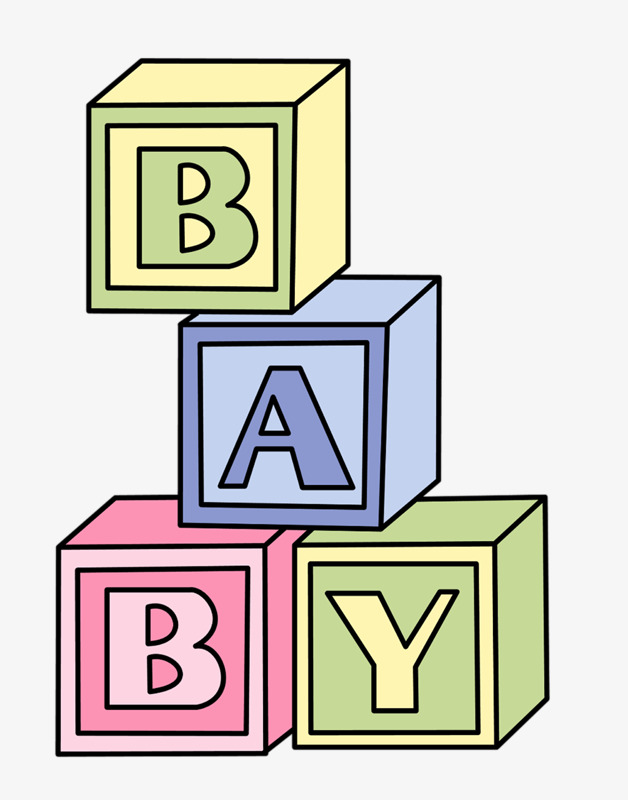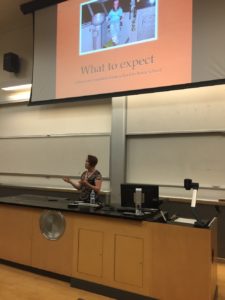It’s the sort of question homeschoolers report receiving in stores, at the Thanksgiving dinner table, while pumping gas… In this case, it was in the hot tub at my health club.
He prefaced the question by explaining that public education “was sort of a family business,” with relatives working as teachers and administrators. When he found out that I teach homeschoolers, and homeschooled my own children, that question was his response.
What do I have against the public school system?
I can’t answer for all homeschoolers, but I can certainly answer for myself:
I have nothing against the public school system
My husband and I were both educated in fine public schools. We had planned to send our children to our neighborhood public schools, and tried very hard to do so. But a variety of issues got in our way.
Like America’s founders, I believe that a healthy, robust public school system is essential to our democracy. That said, public schools can’t do it all.
All public schools are not equal
Our first foray away from public school, I have to admit, had something to do with convenience and a lot to do with environment. Our local school’s kindergarten program, at the time we looked at it, was overcrowded and uninspired.
It also started at 7:42 in the morning, and I had a baby. Frankly, I didn’t want to have to get a sleepy child to school at 7:30.
I won’t apologize for what we did: We bought our older child a really cool year of climbing trees and playing in the mud at an experiential learning school on an old farm. It didn’t end up being the school for us long term, but at the time, its relaxed schedule and lack of kindergarten academics suited us just fine.
Later in our children’s school years we avoided our local public schools for other reasons. Our high school didn’t offer the college-level math, science, and computer science that one of my kids wanted. It didn’t offer a band program for my other student. Because we have the resources (and I understand that not everyone does) we chose homeschool for one of the kids and a different public high school for the other.
Not every public school is equipped to handle every child
When my younger child was in preschool, it became clear that we were facing some difficult developmental issues. No diagnosis seemed to fit. School environments exacerbated the problems. Everyone we consulted with had the same advice: avoid public school special education for this child.
First we tried a little private kindergarten in a cabin in the redwoods. That failed. Then we tried homeschool. That succeeded. Our public schools just weren’t set up for our child’s needs at that time.
Not every child is right for public school
When my older child joined us in homeschooling, it was because he was very advanced and self-motivated in some areas and completely uninterested in others. In school, he would have been a mediocre student. In homeschool, he was a star. Eventually, he caught up in his lagging areas and he’s now a successful college student.
In school, he’d been frustrated that he didn’t have time to follow his passions. Once he had that time, he was more willing to address other areas of learning in a more gentle fashion.
Not every family needs to follow the same path
Traditional public education emphasizes following standards. In all seriousness, an adult once asked me how my children were going to be able to be educated if they didn’t follow California public schools’ standard of studying the mission system in fourth grade.
Maybe you think the answer is obvious, but for that parent it wasn’t. The possibility that a family could study missions at a different age, or not study missions at all, didn’t occur to her. Lest that seem a bit ridiculous, it’s important to remember that standards weren’t based on how children actually learn. They were based on how children were traditionally taught. My children are now extremely well-educated, though neither of them studied missions in fourth grade or memorized their times tables in third.
(I will add that neither my husband nor I, both raised in other states, knew much about California missions until we moved here!)
And by the way, homeschoolers can attend public school
We did, in fact, use the public school system throughout our homeschooling years. In our county, we are fortunate to have a healthy slate of alternative public school options!
Freedom of choice is as American as the Constitution
Freedom of choice is firmly embedded in the founding of this country. Our founding documents inspired governments and revolutions around the world for a simple reason: Freedom of choice—control over your religion, your body, who you associate with, what you do for a living—is fundamentally important.
Of course we all support reasonable limits on choices. We don’t allow parents to abuse children, but we do allow reasonable discipline. We don’t allow murder, but we do allow doctors not to continue life-prolonging treatments. We shouldn’t allow educational neglect, but we do allow a certain amount of freedom of choice in how our children are educated.
Education is a balancing act
We start with a baby, and if we’re lucky, we send a fully functioning adult out into the world. But there are many ways to get from the beginning to the desired end result.
Homeschooling is just one way to balance our children’s needs with the opportunities available to us. Homeschooling is not for everyone, and it won’t solve all the world’s problems.
But the freedom to choose homeschooling improves children’s lives, and I believe it can strengthen our public schools as well.
More about homeschooling
















